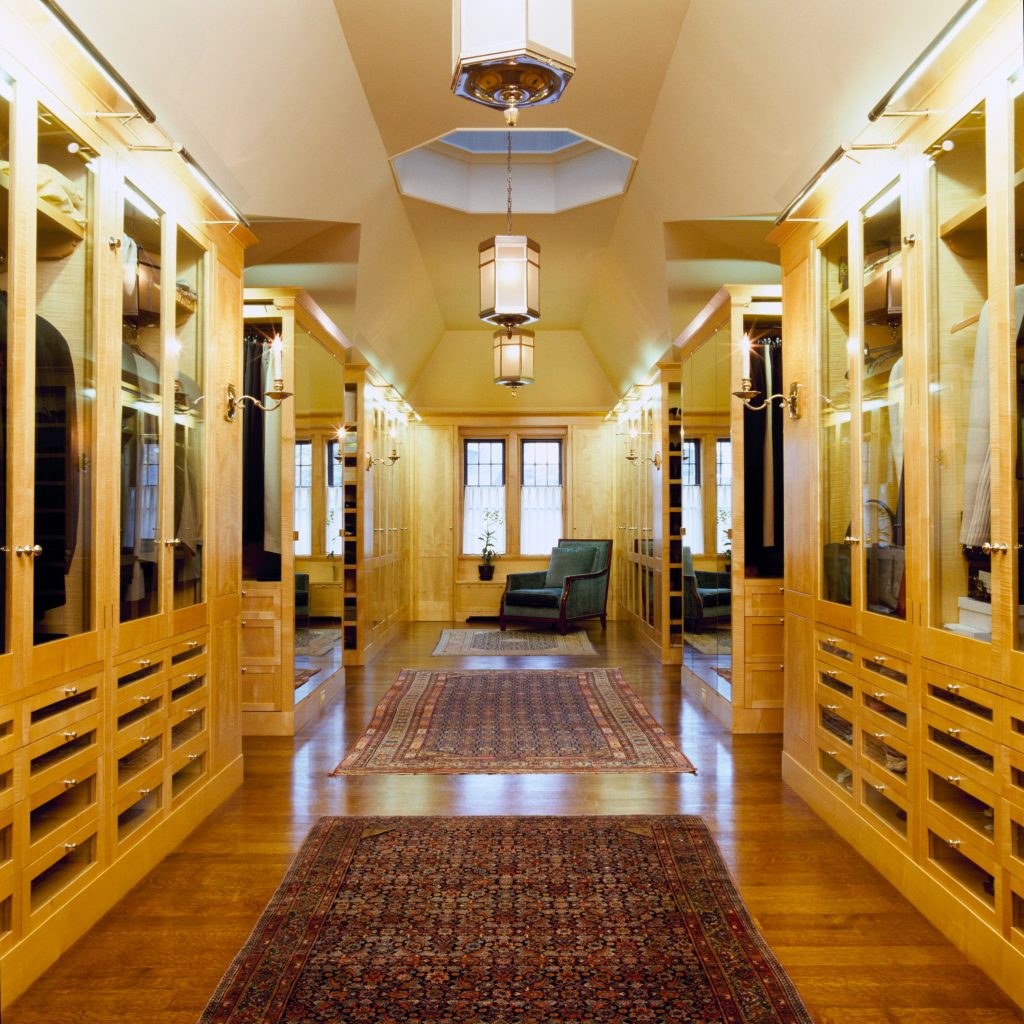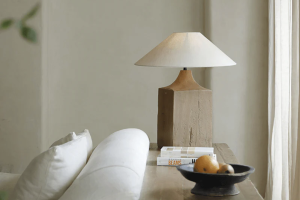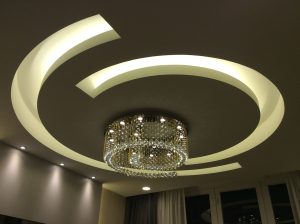The Concept of Hygge
Hygge (pronounced hoo-ga) is a Danish word that roughly translates to ‘coziness’. It’s a concept that has been embraced by many in the Scandinavian region, who prioritize comfort, warmth, and connection in their daily lives. Hygge is often associated with winter months, as a way to combat the long, dark days and create a feeling of comfort and well-being.
In terms of interior design, hygge translates into spaces that are warm, inviting, and filled with natural textures and materials. The focus is on creating a cozy atmosphere that encourages relaxation, conversation, and a sense of contentment.
Scandinavian Design Principles
Scandinavian design has been growing in popularity over the past few years, and it’s easy to see why. The clean lines, minimalism, and focus on functionality resonates with many people who are seeking simplicity and calm in their homes.
One of the key principles of Scandinavian design is the use of natural materials. Wood, leather, wool, and fur are all commonly used, with a focus on raw, untreated textures. This creates a sense of warmth and connection to nature that is often lacking in modern interiors.
Another important aspect of Scandinavian design is lighting. With long, dark winters, lighting is given great consideration in interior design. Soft, warm lighting is used to create a comfortable atmosphere, with candles and small lamps used to add a sense of intimacy and coziness.
Creating a Cosy Scandinavian Interior
So how can you bring the cosy, hygge feeling into your own home? Here are a few key elements to consider:
1. Embrace Natural Materials
Use wood, wool, leather, and fur to create a warm, inviting space. Incorporate natural elements like plants, stones, and shells to bring a sense of the outdoors inside. Avoid synthetic materials and opt for raw, untreated textures.
2. Prioritize Lighting
Create a soft, warm atmosphere with the use of lighting. Consider adding small lamps and candles for a cozy glow. Use dimmer switches to control the amount of light in each space.
3. Add Textural Accents
Incorporate soft, plush accents like throw pillows, blankets, and rugs into your space. Play with different textures to create depth and visual interest.
4. Keep it Simple
Scandinavian interiors are characterized by their simplicity and lack of clutter. Edit your space to include only the essentials, and keep surfaces clean and uncluttered.
5. Use Neutral Colors
Scandinavian design often incorporates neutral colors like white, beige, and gray. Use these colors as a foundation, and add pops of color with accents like artwork or textiles.




More Posts
Enhance Your Bathroom with a Ceramic Glazed Table Lamp
Enhance Your Outdoor Space with a Solar LED Table Lamp
Nordic-Inspired Wooden Table Lamp with Linen Lampshade